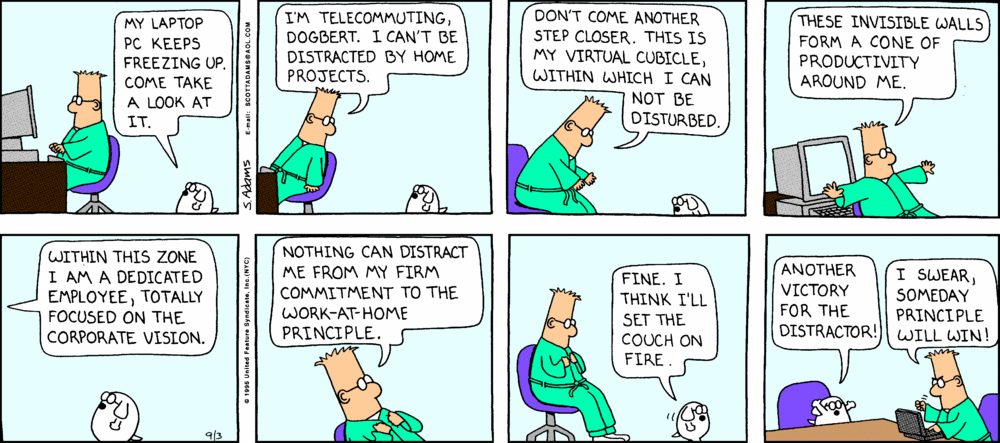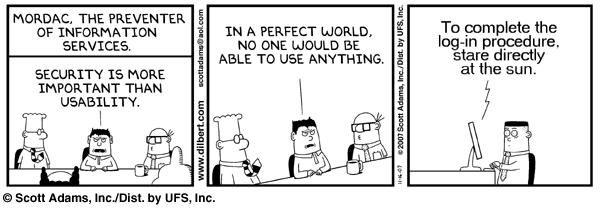It seemed that just the other day that the self-quarantining directives were starting to be relaxed. Stores and restaurants were starting to function at less than total capacity, but they were open. Then cases started to spike again as people either relaxed from, or just got tired of being careful. Many if not all business offices are still closed, and it appears that will be the case for a while.
The result is that travel and face-to-face interaction will still be severely curtailed. This was going to happen anyway as part of an on-going drive to reduce costs. Virtual and video meetings were already making their way into standard corporate operating procedures, particularly for internal meetings, and even some customer meetings. It is just that the current health concerns have significantly accelerated its adoption and implementation.
The “virtual” meeting is now and will be going forward the norm.
It used to be that when a business held a review all aspects of the business were gathered, the door was closed, and nothing was off-limits for the discussion. There was give and take. There was open challenge and discussion. There were questions by superiors, subordinates and peers. Despite the seeming acrimony, there was eventually resolution and alignment. And a stronger team usually emerged.
Afterwards, everybody would then usually go out for a team dinner, and possibly even a team building exercise.
Now we all get on “the bridge”. If the numbers are not large, we can have video, but a small number of attendees does not usually associate with a business review. Also, since it is now a “call”, almost anyone, and usually almost everyone attends since there are no travel and budget issues in play to reduce attendance.
With the increase in attendance and the now virtual nature of the meeting, these meetings seem to have gotten much quieter. If you are not presenting, you are usually on “mute”. If you are on mute, you are also usually multi-tasking and doing something else while listening in. The amount of contribution, questions and challenges has significantly been decreased. Everyone seems to just listen to the speaker, look at the slides and move on.
This concerns me. I think it should probably concern others as well.
I believe that there are very few concepts, ideas, programs and products that cannot be improved by an aligned, yet challenging team. This is the very idea and basis for much of the drive for diversity in the business environment. It is the idea that different people, with different experiences and different points of view can get together and make use of these differences to create a stronger solution.
However now, with the rise of virtual meetings and large audiences, it seems that this challenging aspect of the business process has been fading away. Our meetings are invariably quiet. The presenter presents their charts. They either read them to the audience or read their notes. With so many now online the objective is to stay on the meeting schedule so as not to take up too much or, or even possibly waste the audience’s time.
Nobody wants to challenge because it can be seen as being an obstruction. People are not usually looking for a better solution. They are looking to get through this meeting, and on to their next meeting. Whether they agree or not, their silence is deemed as agreement, and everybody gets to move on.
I know I can sound somewhat like a broken record when it comes to discussing process, but when the process indicates that a review is to be held, that is just what happens. A review is held. The reason for the review is now to fulfill the process, not to work at generating a better capability. In this instance to challenge anything would be seen as challenging the process, and no one wants to be seen as doing that.
It used to be everyone’s responsibility to try and improve the business. Now it is the process’s responsibility. Where it used to be that former president Harry Truman, as the leader of the United States said: “The buck stops here”*, now we must develop matrices so that we can understand who is Responsible, who is Accountable, who must be Consulted and who must merely be Informed
*For those of you that are unfamiliar with the Term: Buck passing, or passing the buck, or sometimes (playing) the blame game, is the act of attributing to another person or group one’s own responsibility. https://en.wikipedia.org/wiki/Buck_passing
This now begs the questions: If your meeting is quiet, and no one is challenging what is being presented, why are you even having a meeting? Wouldn’t it just be easier, not to mention a better use of everyone’s time, to just send out the charts and invite individual input? Instead of having everyone in attendance multi-tasking on something else while the charts are being presented, wouldn’t it be better to allow them to fully focus on what they are doing anyway?
The process of challenging in a meeting needs to somehow be reinstated into the meeting. If everyone is just going to present the charts that they submitted, why have everyone sit through that? They can just as easily read the charts on their own. What value is gained?
I think this is where leadership comes in. Much like Harry Truman ultimately decided that he would make the decision, so must the leader decide to start returning value to the meeting. If the leader starts asking appropriate questions, this will be seen a signal that others, who may have had appropriate questions that they would not have asked in the past, to ask appropriate questions.
If it evolves that too many questions are being asked, and not enough is getting accomplished in the meeting, this is not an indication to stop asking questions. This is an indication that the number of attendees at the meeting is too large, and the meeting should be broken down in more, smaller meetings in order to accommodate the questions.
Conversely, if too many questions are asked during the meeting, it might mean that the topic being presented has not been thoroughly thought through and vetted before-hand with the appropriate people. Either way it would indicate that more work would be required on that specific topic.
The next time that you find yourself in a quiet meeting, listening to someone present their charts, ask yourself “Why are you there?” If you are not there to provide input, or challenge the input provided by others, why would you attend? Meeting charts and meeting notes are usually distributed after the meeting and you could just as easily obtain the meeting information that way.
If you are the leader of the business that the meeting is associated with, and you notice that it is quiet, you should start asking yourself why. If the only one providing input to the meeting is the person presenting, that would indicate that everyone else is somewhat disengaged. If you are the leader and are not asking questions, can you truly say that you are fully engaged as well?
Regardless, the buck does indeed stop with the leader. If they do not challenge, few if any others will challenge. And the meeting, and the business will be diminished in value because of it.



